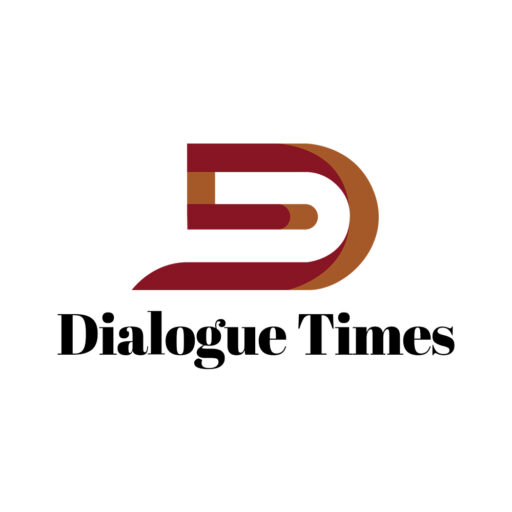Abortion has been a very controversial term since the ancient times. Literally, the word “abortion” is used to refer to the act of bringing a pregnancy to an end, by either extracting an embryo or the fetus before maturity.
Accidental abortion is known as miscarriage, however, intended form of abortion is what we call induced abortion. In some cases, it is referred to as the late termination of pregnancy, the removal of the fetus is done when it has the potential to survive in the outside environment.
In developed countries the practice has been allowed under certain conditions, and it is done using modern techniques, which are safe and take care of the future health, physical, biological and psychological needs of the individual.
Each year, an estimated 210 million women throughout the world become pregnant and about one in five of them resort to abortion. When it comes it Pakistan, the world sixth most populist country, it has an annual abortion rate of 50 per 1000 women, the highest in South Asia. Worryingly, unsafe abortion occurs in the developing regions of Pakistan such as Balochistan where majority of the women die as a consequence of unsafe abortion and many suffer temporary or permanent disability.
The root cause of women seeking an abortion in Pakistan, especially in Balochistan is the persistence of unintended pregnancies, which in turn reflects the failure of family planning programs to meet the contraceptive needs of all women at risk of an intended pregnancy.
The growing number of women and men of reproductive age who wish to regulate their fertility and have fever children, there is a need for correct and consistent use of effective methods of contraception. However, problems such as difficulties in access to preferred methods of contraception, in correct or inconsistent use of contraceptive methods, and potential contraceptive methods are not easily resolved and may lead to unintended pregnancies.
Other reasons for unwanted pregnancies include forced or unwanted sexual intercourse and a lack of women’s empowerment over sexual and reproductive matters. Societal norms, economic conditions, legal obstacles and other systemic factors are likely to have a profound impact on women’s recourse to abortion and especially unsafe abortion. Poverty, for example, is an important determinant in the decision to seek an abortion when women consider the financial consequences of an unintended pregnancy.
Broadly speaking, where there is no legal restriction, abortion services are likely to be safer. In these settings, the abortion is performed in a regulated. Medical setting and the providers are properly trained. In contrast, where abortion laws are highly restrictive, women turn to clandestine providers with a high risk of incurring a serious or life-threatening complication.
Solving this chronic problem requires several complementary approaches. These include increasing access to safe, effective contraception; changing the laws and attitudes concerning abortion; and improving the training and equipment of providers.
While societal attitudes may change slowly, the application of existing technologies can reduce complications promptly. This is perhaps the most tragic aspect of this global dilemma: delays in application of safe, proven technologies are causing needless suffering and deaths.




